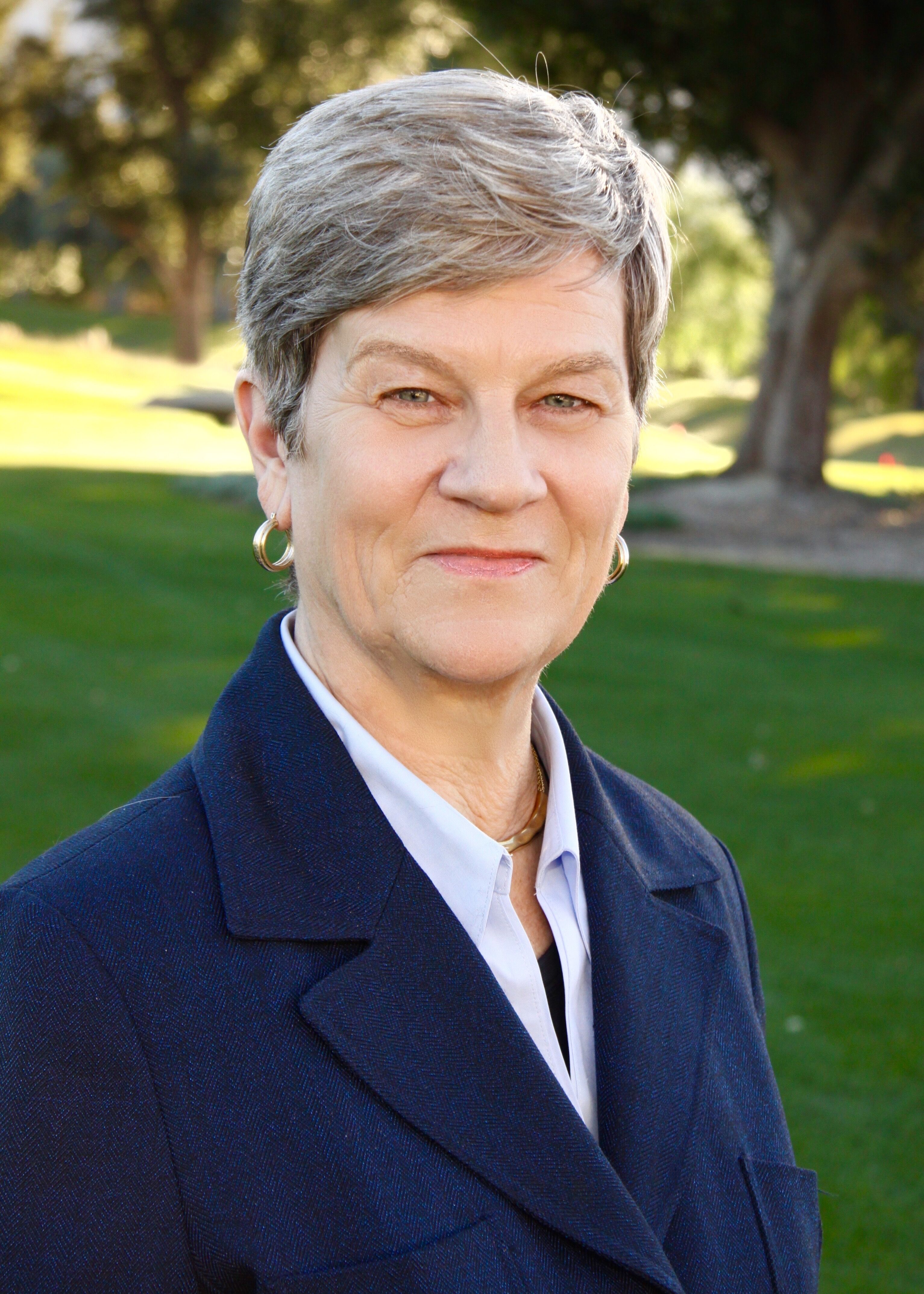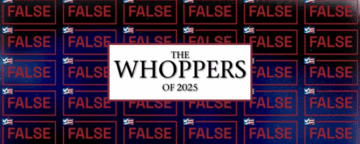
Language and context play critical roles in how the public comes to understand and view science. Scientific findings are conveyed by researchers in scholarly publications, then transmitted by the mainstream media, which influences public understanding. All along, the process is fraught with language issues that may contribute to misperceptions of science. What can scientists and the media do to more accurately convey the findings of scientific research?
In a wide-ranging talk at a Sackler Colloquium on March 10, Annenberg Public Policy Center Director Kathleen Hall Jamieson examined how science can get distorted as it is communicated and how it can be more faithfully presented — and, consequently, more clearly understood by the public.
In “Minimizing Inadvertent Distortion of Science by Scientists and Media,” at the National Academy of Sciences’ Arthur M. Sackler Colloquium on Reproducibility of Research: Issues and Proposed Remedies, Jamieson presented a case for accuracy, comprehensiveness and consistency in science communication.
Jamieson asked whether the language used by scientists captures the science, whether it carries unwanted associations, or invites inaccurate inferences. For example, the word “prions,” coined by neuroscientist Stanley B. Prusiner, accurately captures the fact that a protein is responsible for an infection. With that term, new language is being used to convey a new biological principle. Jamieson contrasted that with the inaccurate term “swine flu,” and noted that there is no evidence that the flu was transmitted by eating pork, but that the name led to a ban on pork imports and a culling of pigs in Egypt. (The World Health Organization changed the name of the illness in 2009 to “influenza A (H1N1).”)
Language can be misleading, said Jamieson, who is a co-editor of the forthcoming “Oxford Handbook on the Science of Science Communication.” For example, dark matter is not actually dark and string theory does not involve strings. The phrase “herd immunity” can suggest unwanted associations. People are social, not herd animals, and the term can lead people to misunderstand the importance of vaccinating their children. In fact, Jamieson said, the term “community immunity,” though less often used, is more precise.
Jamieson argued for the use of more comprehensive and precise terminology to help people understand health risks, using a term such as the “mosquito-borne, sexually transmitted Zika virus” — a phrase that identifies how the virus is transmitted, signals how it may be prevented, and conveys knowledge about the nature of the illness, a virus, which may mean that it can be prevented with a vaccine rather than treated with an antibiotic.
Jamieson also looked at the role of retractions as a part of self-correction in the scientific process. While less than one percent of all published scientific papers have been retracted, such retractions may be presented by news media as evidence that the scientific process is broken rather than as an instance of failure within a process of self-correction. And partisans may use evidence of specific retractions and other failures to inaccurately generalize about scientific research.
The goals in science communication, Jamieson concluded, are to increase the likelihood that science, media and the audience share a common language, frames, and narratives; that important complexity and nuance are not lost or distorted; and that science honors and is held accountable for honoring its norms.
An Eagleton keynote on Zika communication
In another talk delivered March 3 at the Eagleton Science and Policy Workshop, Jamieson addressed the specific communication issues surrounding the Zika virus, including what the public knows, how the media covered the outbreak, and how the risks of the virus can be more effectively conveyed.
In her keynote address, “Thwarting Polarization While Communicating the Science of Zika and Zika Prevention,” hosted by the Eagleton Institute of Politics at Rutgers University, Jamieson discussed three principles of effective media coverage of the mosquito-borne virus. Those are: 1) communicating consequential information; 2) reinforcing credibility by linking to the Centers for Disease Control and Prevention (CDC), World Health Organization, and other authoritative sources; and 3) visualizing prevention. Those rules are also set out in APPC’s Guide to Effective Zika Coverage, a free resource released in October 2016, which sets out best practices and examples for broadcasters, reporters, writers, and editors covering the Zika outbreak to help the media provide key information to the public and policymakers, so that they can better understand the virus and how to prevent it.
Jamieson also spoke about the importance of not linking stories about Zika with polarized issues. A study by Jamieson and other APPC researchers with Dan Kahan of Yale University found that people’s understanding of the health risks of Zika may be jeopardized by framing by political advocacy groups. In other words, the public’s ability to understand the health risks of Zika may be jeopardized when the virus is linked to culturally charged issues such as illegal immigration and global warming.


